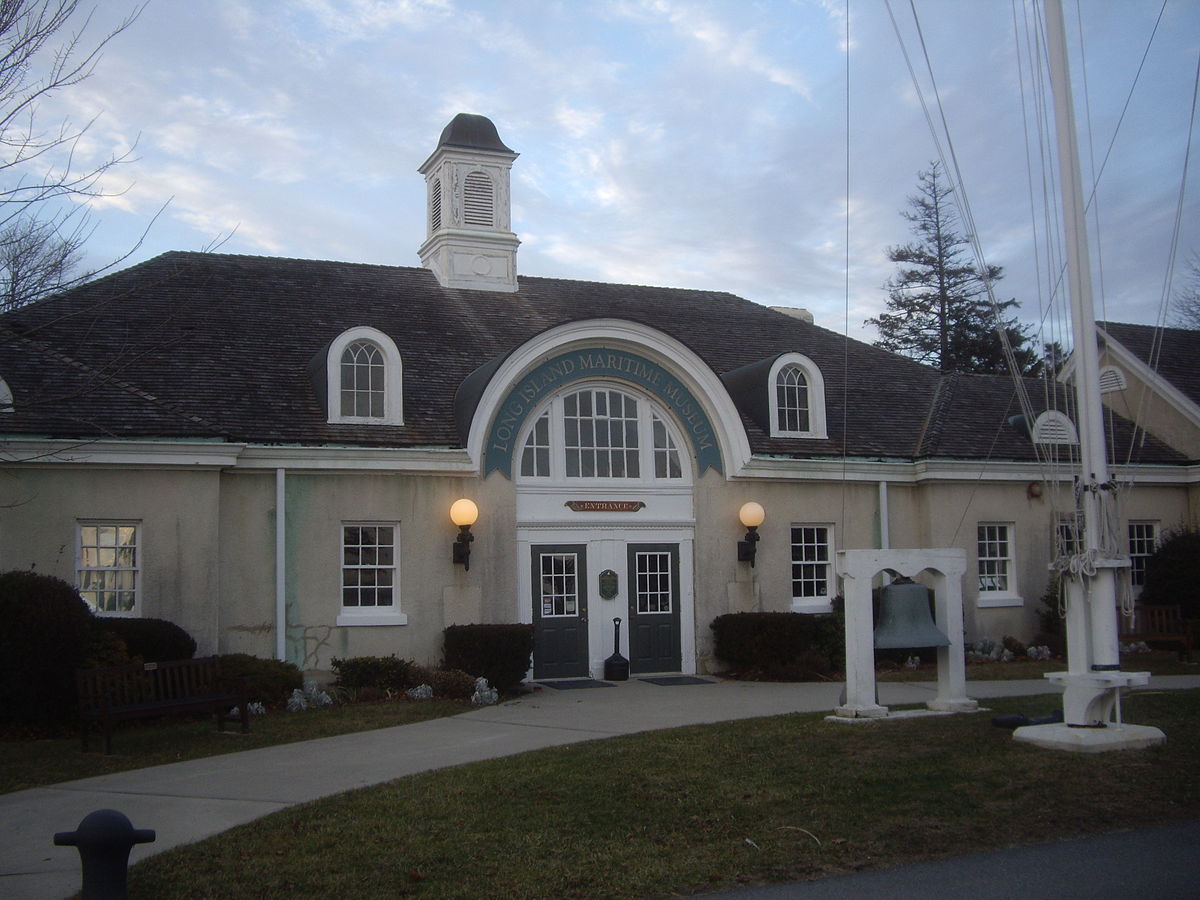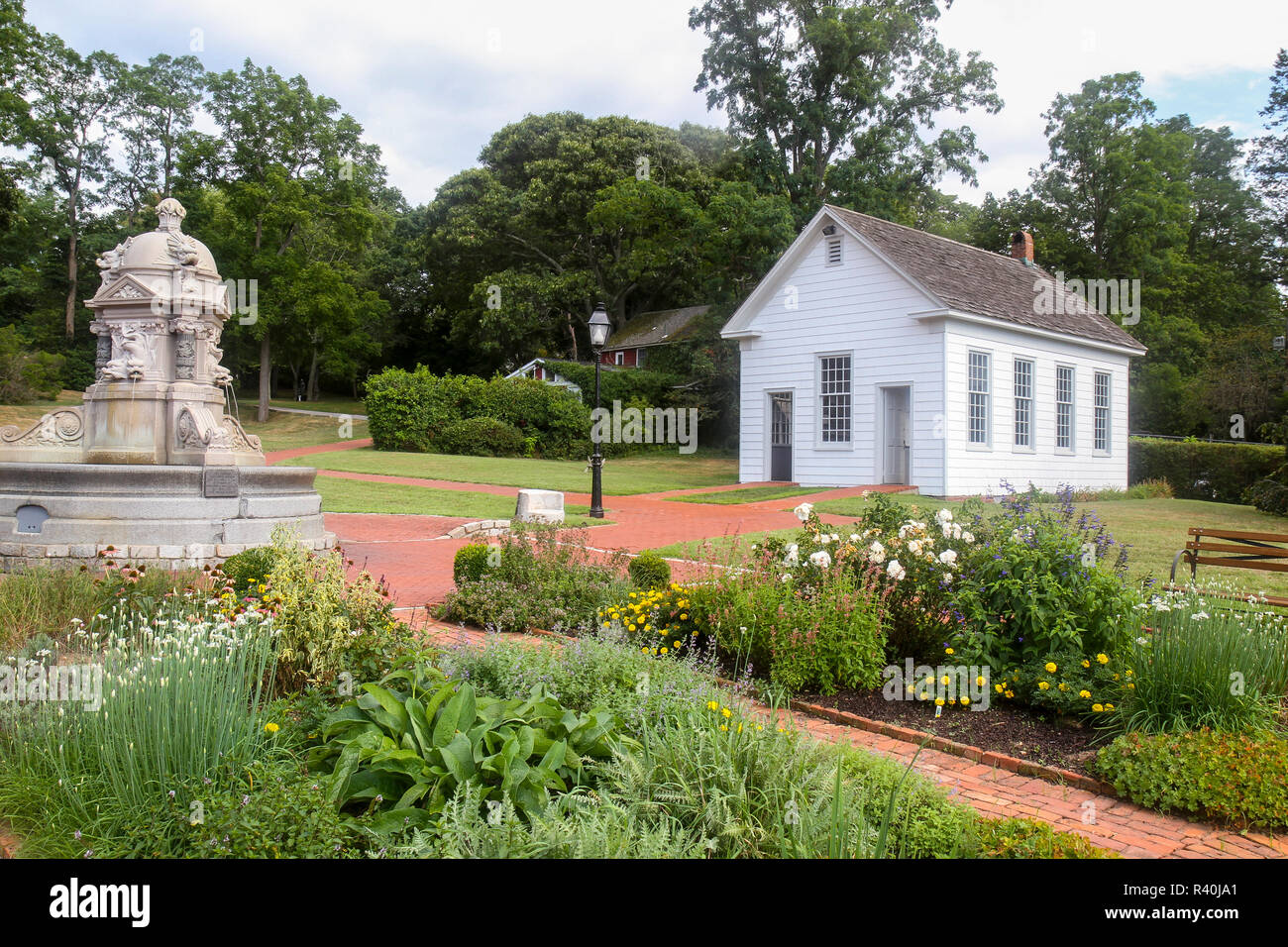Explore Art and Background at The Long Island Museum
Explore Art and Background at The Long Island Museum
Blog Article
Discover the Rich History of Long Island at This Exciting Gallery
Submersing oneself in the historic tapestry of Long Island introduces a narrative that covers centuries and weaves together a diverse range of impacts. From the Native American tribes that first populated the area to the colonial inhabitants who formed its very early foundations, the layers of history at this fascinating museum supply a look into a bygone era. As site visitors go across via exhibits describing the Industrial Change's impact and Long Island's maritime heritage, a much deeper understanding of the area's evolution starts to arise. Keep tuned as we explore Long Island's modern era, clarifying exactly how the previous remains to reverberate in the present.
Native American Influences on Long Island
The Native American influences on Long Island have actually played a considerable function fit the area's cultural heritage and historical growth. Long prior to European inhabitants arrived, the land now recognized as Long Island was occupied by various Indigenous American tribes, including the Massapequas, Montauketts, and Shinnecocks. These tribes lived off the land, fishing in the bountiful waters surrounding the island and cultivating the fertile dirt for agriculture.
The Native Americans on Long Island had an abundant spiritual and social tradition, noticeable in their complex artwork, typical dances, and dental storytelling. Their deep connection to the land is reflected for several communities and landmarks on Long Island, which originated from the languages of these native peoples.

Colonial Heritage and Early Negotiations
With the arrival of European inhabitants, Long Island's landscape began to undertake considerable makeovers as colonial heritage and early negotiations settled in the region. The Dutch were among the first Europeans to develop a visibility on Long Island, with negotiations such as New Amsterdam (contemporary New york city City) playing a crucial function in the island's colonial background. Later, the English acquired control of the region, forming the social and architectural landscape through the facility of villages and towns.
One of one of the most remarkable very early negotiations on Long Island was Southampton, established in 1640 by English Puritans seeking religious liberty. This marked the start of arranged European negotiation on the island, paving the way for additional growth and advancement. Over time, even more villages and towns emerged, each with its own unique personality and payment to Long Island's colonial heritage.
As these early negotiations expanded, they created the structure for the varied areas that feed on Long Island today. The colonial heritage of the region remains to be commemorated and preserved, supplying visitors a glimpse right into the past and an admiration for the abundant history that formed Long Island into what it is today.
Industrial Change and Maritime Background
Throughout a duration of profound makeover and technological improvement, Long Island's industrial transformation linked with its maritime history, forming the region's financial landscape in unprecedented methods (The Long Island Museum activities). The Industrial Change, which started in the late 18th century, brought significant changes to Long Island's economic climate.
Maritime trade played an important role throughout this period, attaching Long Island to major ports in the USA and beyond. The island came to be a hub for profession, inviting vendor vessels and cultivating a vibrant delivery sector. Long Island's proximity to New York City likewise added to its financial success, as items could conveniently be moved between both areas. Today, residues of Long Island's marine and commercial past can be explored at museums and archaeological sites, providing a peek right into the region's rich background.
Long Island in the Modern Era
Long Island's development in the contemporary era reflects a blend of custom and advancement, shaping its contemporary identification. As one of one of the most largely inhabited regions in the USA, Long Island has actually become a center for diverse industries, varying from modern technology and health care to fund and tourism (The Long Island Museum). The island's distance to New York City has played a substantial role in its growth, with several commuters picking to live in its rural neighborhoods
In recent years, Long Island has seen a surge in sustainable initiatives focused on maintaining its natural beauty and combating climate change. The conservation of its seaside areas, such as the Fire Island National Seaside, highlights the island's dedication to ecological preservation. Additionally, Long Island's cultural scene has thrived, with art galleries, music locations, and movie theaters adding to its vibrant cultural landscape.
In addition, the modern period has seen Long Island accept variety and inclusion, with an expanding population of immigrants adding to its rich tapestry of societies. Generally, Long Island remains to advance, balancing its abundant history with modern progression to form a dynamic and durable neighborhood.
Upcoming events and special exhibits
Reflecting Long Island's vibrant cultural landscape and commitment to advancement, the gallery is presently organizing a collection of unique exhibitions and excitedly prepares for approaching events. Among the unique events presently on display screen is "Long Island Through the Ages," which traces the island's abundant background from its very early indigenous residents to today day. This exhibition showcases artifacts, multimedia, and documents presentations that provide a comprehensive take a look at the varied heritage of Long Island.
Along with the recurring special events, the museum is preparing for an interesting lineup of upcoming events. Visitors can eagerly anticipate a lecture collection including prominent chroniclers visit our website and regional specialists discussing various elements of Long Island's background. There will certainly likewise be hands-on workshops where attendees can find out typical crafts and abilities that have been given via generations on the island.
These special exhibitions and upcoming events not just improve the museum experience however additionally work as a testament to Long Island's dynamic cultural tapestry and the museum's dedication to maintaining and sharing its heritage with the neighborhood. The Long Island Museum map.
Verdict
To conclude, the gallery provides an extensive take a look at the abundant background of Long Island, from Native American impacts to early american heritage, commercial change, and modern-day period developments. With unique events and upcoming events, visitors can delve deeper into the varied cultural and historic facets of the area. Whether you're a background fanatic or merely interested concerning Long Island's past, this gallery supplies a fascinating experience for all.
Long before European settlers arrived, the land currently understood as Long Island was populated by various Indigenous American people, consisting of the Massapequas, Montauketts, and Shinnecocks. The Dutch were among the initial Europeans to establish a visibility on Long Island, with settlements such as New Amsterdam (present-day New York City) playing an essential role in the island's colonial history. Today, residues of Long Island's naval and commercial past can be discovered at galleries and historical sites, offering a look right into the area's rich background.

Please visit one of our local supporters - The Modern Medicare Agency Local Medicare Agent
Report this page